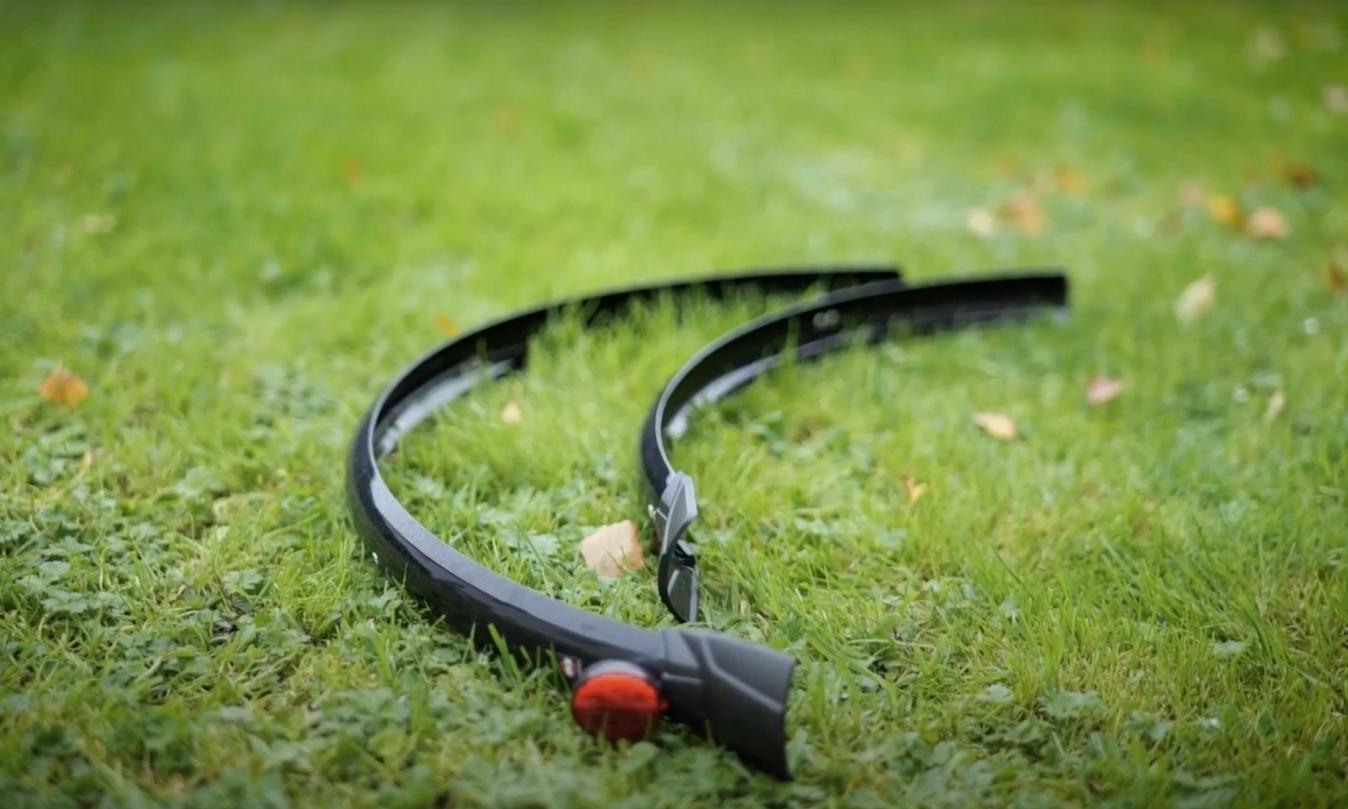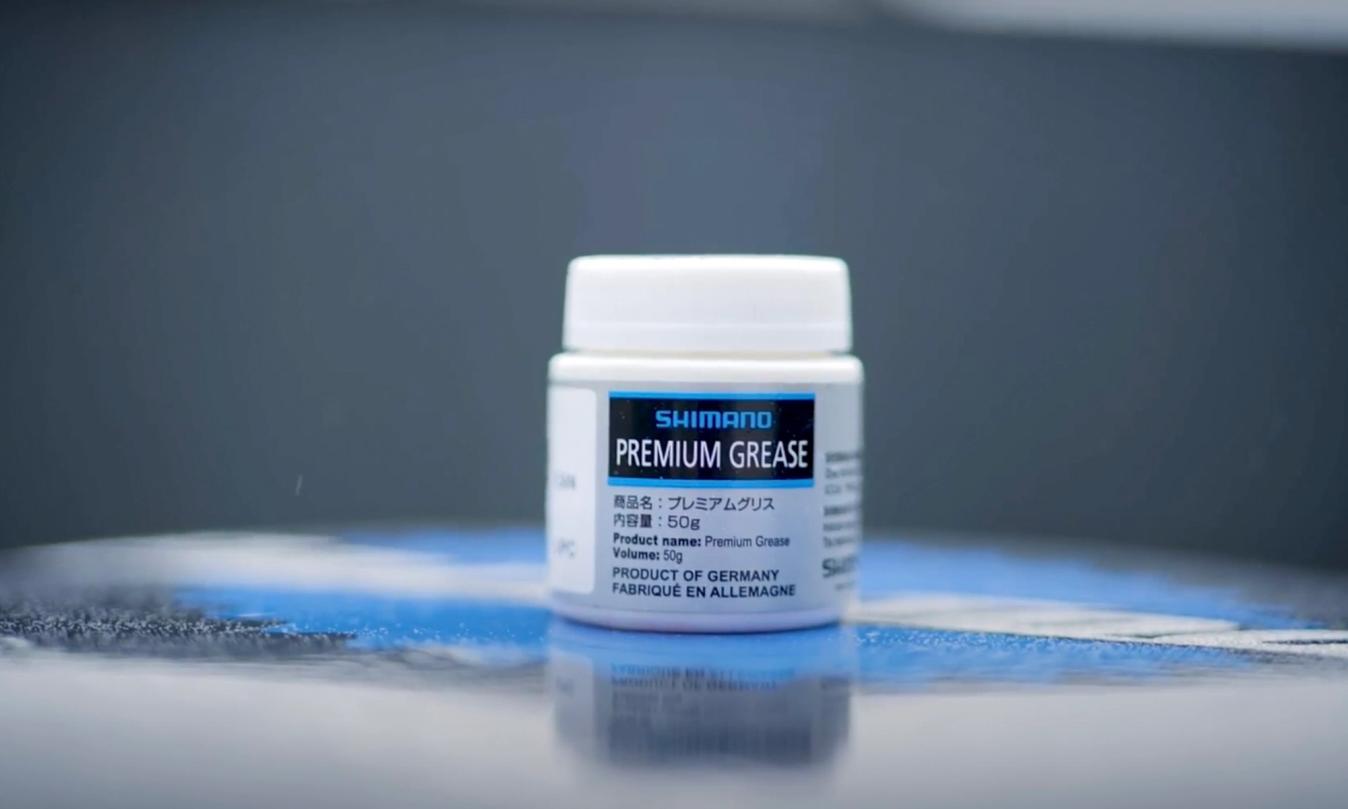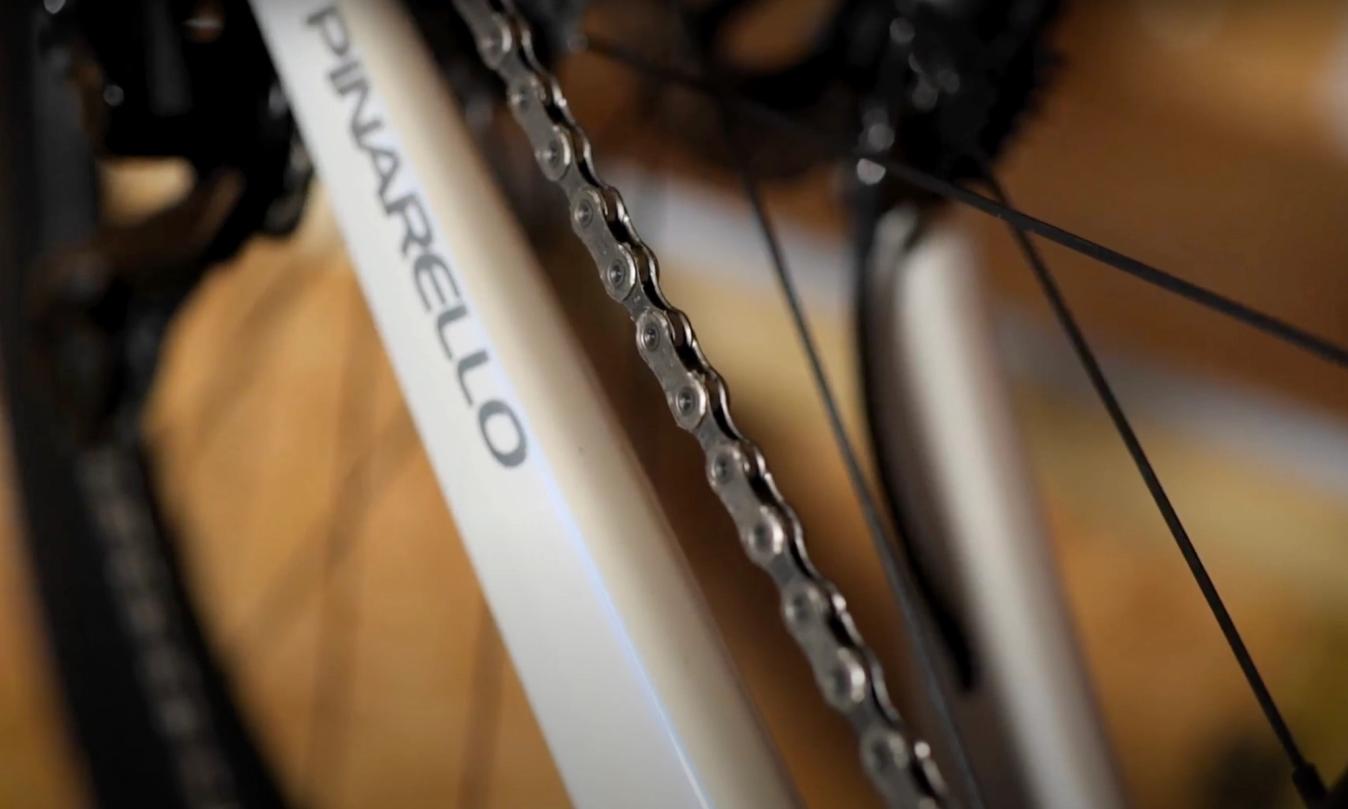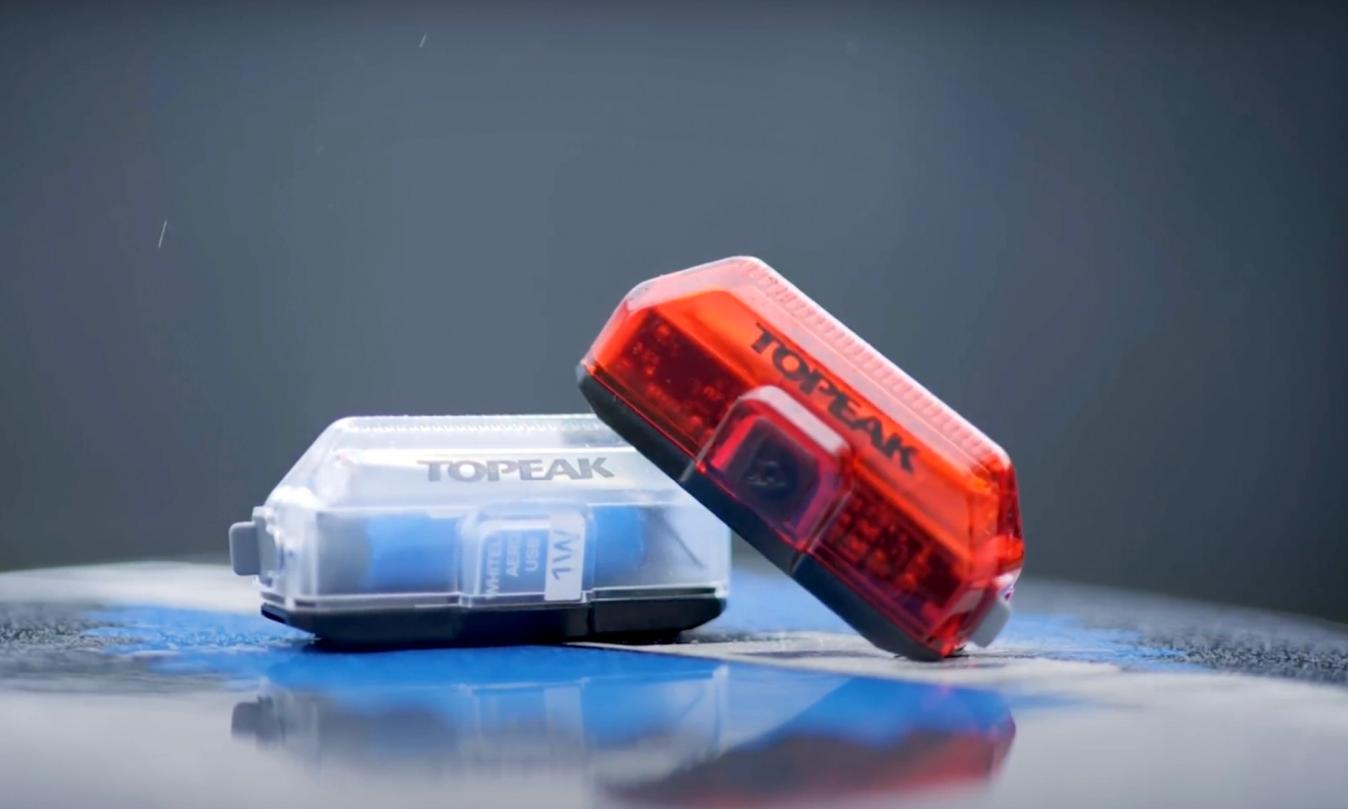The best ways to get your bike ready for winter
Winter is a tough time for a bike, but there are some steps you can take to prepare and protect your pride and joy
Alex Hunt
Junior Tech Writer
With winter on the doorstep for a lot of us, getting our bikes ready to deal with the harsh conditions is essential. The cold, wet and dirt are not ideal for road bike performance or longevity. Bearings, brakes and bolts all suffer through the long winter miles, which is why it's important to take some time to prepare your bike before beginning your next winter campaign.
One of the main things that you will need to contend with through winter, especially if you live somewhere that experiences freezing conditions, is salt corrosion. We have spoken about how sweat on an indoor trainer can be causing harm to your bike, and the same principles extend to riding on the road.
When roads get ‘gritted’ they are covered in salt to lower the freezing point of any water. However, this build-up of salt on the road will turn into a corrosive paste that will harm anything metallic on your bike, if left unattended.
The salt is just one part of the assault winter will launch on your bike, coming for your drivetrain, components, bolts and brackets with a combination of water, dirt and grime.
The best line of defence in general is a two-pronged approach. Cleaning your bike after each ride will of course help keep it from getting worn and damaged, but the first steps are preventative, aimed to stop as much as possible of this winter weather getting at your bike in the first place.
Read more: Indoor cycling vs night riding: Which is better for winter training?
Mudguards
The first line of preventative action would be to invest in a good set of full-length mudguards. Although they might not be the most stylish or aesthetically pleasing addition to your bike, fitting a good set of full-length mudguards will keep the worst of winter at bay.
As well as keeping you drier and cleaner, they will also contain a lot of the road spray, diverting it away from your drivetrain, bottom bracket and headset.
When fitting the mudguards to the bike, the best practice to give you the best coverage is to place the mudflap or lower edge of the mudguard as close to the ground as possible. By doing this you get the best coverage to keep yourself and your bike clean and dry.

© GCN
Although not the most aesthetically pleasing addition to your bike, mudguards serve a purpose and do it well
Luckily in this day and age, there are mudguards that will fit almost any bike, with no need for specific mounting points. Only the most aero of aero bikes with very small tyre clearance, will struggle to fit a good set of full-length mudguards.
Even if this is the case, there are plenty of options on the market that will offer some level of coverage for even the most aero of bikes, including clip-on guards that sit on the frame of your bike. If you go for these, a bit of electrical tape to protect the frame will prevent any paint scuffs.
Maintaining components
This is one of the more time-intensive parts of nursing your bike through winter unscathed, but it'll significantly increase the longevity of the components on your bike.
Spending an afternoon stripping your bike down and giving everything a check over and a clean before reassembling with a protective layer of thick grease will keep your bike well protected from the worst winter can throw your way. If you are unsure where to get started, head over to our maintenance section.
Threaded bottom brackets, headset bearings and clamp bolts are the first things we'd look to regrease. It's also worth adding a fresh layer of carbon paste or grease to your seatpost depending on the material of your post and frame.

© GCN
Using a thicker, premium grease when preparing your bike for winter will offer more protection
Wheel bearings also take a beating through winter. Making sure that these are in good working order with a protective grease barrier before winter will have you rolling into spring with no issues.
It is important to remember that through winter, any wear that you have is accelerated. If you have any wear, corrosion or damage already, winter will get its grasp on it. If you can prevent this with pre-emptive measures, you will keep your components fresh, so they're less susceptible to winter's tough conditions.
Tyre choice
Winter is the time of year when you are most likely to get a puncture; with debris and dirt washing out into the roads there is a sea of puncture opportunities on every ride. It is an unfortunate coincidence that you are more likely to get a puncture right at the time of year when you don't want to be left standing around at the side of a road.
Switching your tyres out from a nice, fast-rolling and lightweight summer tyre to a more robust winter tyre is going to offer the best line of protection against the dreaded mid-winter puncture.
Read more: Complete guide to road cycling tyres
All-season tyres will roll slower than a summer tyre but they will offer a good level of wet weather grip as well as added technologies to combat punctures. Something else to consider, if your frame will accommodate, is running a wider tyre at a lower pressure. In doing both of these things, you will get more grip and a large contact patch with the road, which will reduce the risk of getting a puncture even further.
Chain
Arguably the component that has the toughest time throughout winter is the chain. Water will wash away lubricant and leave it dry and susceptible to wear from the road grit.
There are a few things you can do to help your chain survive a winter season. Firstly, finding a good lubricant that will last the duration of a ride in typical winter conditions.
As far as we're concerned, you can't beat the new breed of chain waxes. Once applied, waxes set, creating a protective, lubricating barrier that doesn't attract muck like traditional oils do. Wax lubricants, therefore, make your chain last far longer.

© GCN
Keeping your chain clean and well lubricated is the best way of keeping your drivetrain running smoothly
If you choose to stick with a traditional oil-based lubricant, it's important that it's designed for wet conditions. Wet lubricants are less likely to get washed off as you ride, meaning you should have a lubricated chain for the duration of most rides. For longer rides, it's worth carrying a small bottle of lube with you, just in case you start to hear that agonising squeak of a dry chain out on the roads.
It is particularly important though winter to increase the frequency at which you degrease and clean your chain, to prevent grit build up from wearing through your drivetrain.
Read more: Easy and effective on-the-bike chain clean
Lights
Winter days can be gloomy and even if riding at night time isn’t on the agenda, it is always good to have a pair of lights fitted to your bike.
The lights you need will depend on where you're riding. If you're out in the dark with no street lighting, there are powerful high-lumen front lights to light the way ahead of you, but if you're on better-lit roads then the lights just need to be good enough that you'll be clearly visible to drivers.

© GCN
A good set of lights with a flashing mode will increase your visibility even in the day time during winter
Most lights offer a flashing function, which helps to draw even more attention to you on the roads, as well as improving the battery life of the lights. It's worth noting, though, that in some European countries it's illegal to ride with flashing lights.
Waterproof your spares
Taking some time to weatherproof your spares and repair kit will keep them fresh and easy-to-use when you inevitably need to.
Most saddle bags are not waterproof and even the ones that are can let some moisture in through the zips. Over time this can lead to tools going rusty and repair kits not being fit for use. Fitting all of your spare kit into a small plastic ziploc bag will keep them dry and protected from the elements for when you need them.
It is also worth adding a bit more to the kit you carry during winter due to the increased potential for mechanical issues. Carrying a second inner tube is a worthwhile addition, and so too is a dedicated puncture repair kit or self adhesive patches. As mentioned before, a small bottle of wet weather lubricant is also useful on wet or long rides.
Read more: How to carry accessories and spare kit on a bike ride
Winter riding does take its toll on your bike, no matter how well prepared you are for it. Keeping on top of routine maintenance as well as these additional extras will be the most effective way of protecting your pride and joy.
Monitoring wear and tear and replacing parts when needed works out cost effective in the long term. Replacing a chain at 0.75 wear will mean that only the chain will need to be replaced, whereas waiting longer will result in a complete drivetrain replacement.
Read more: How to replace your chain
Think about a winter bike
Alternatively, if you are in a position where using a winter bike is an option, this can be a great way to completely protect your best bike through the winter.
A dedicated winter bike will feature lower spec components that are cheaper to replace as well as offering mounting points for mudguards and wheels that are more robust for winter riding.
It can be a costly investment, but over the course of a few winter seasons it can work out to be a smart choice.
What do you do to get your bike in shape and ready for winter? We would love to hear any tips, tricks and hacks that will protect our bikes this winter.











